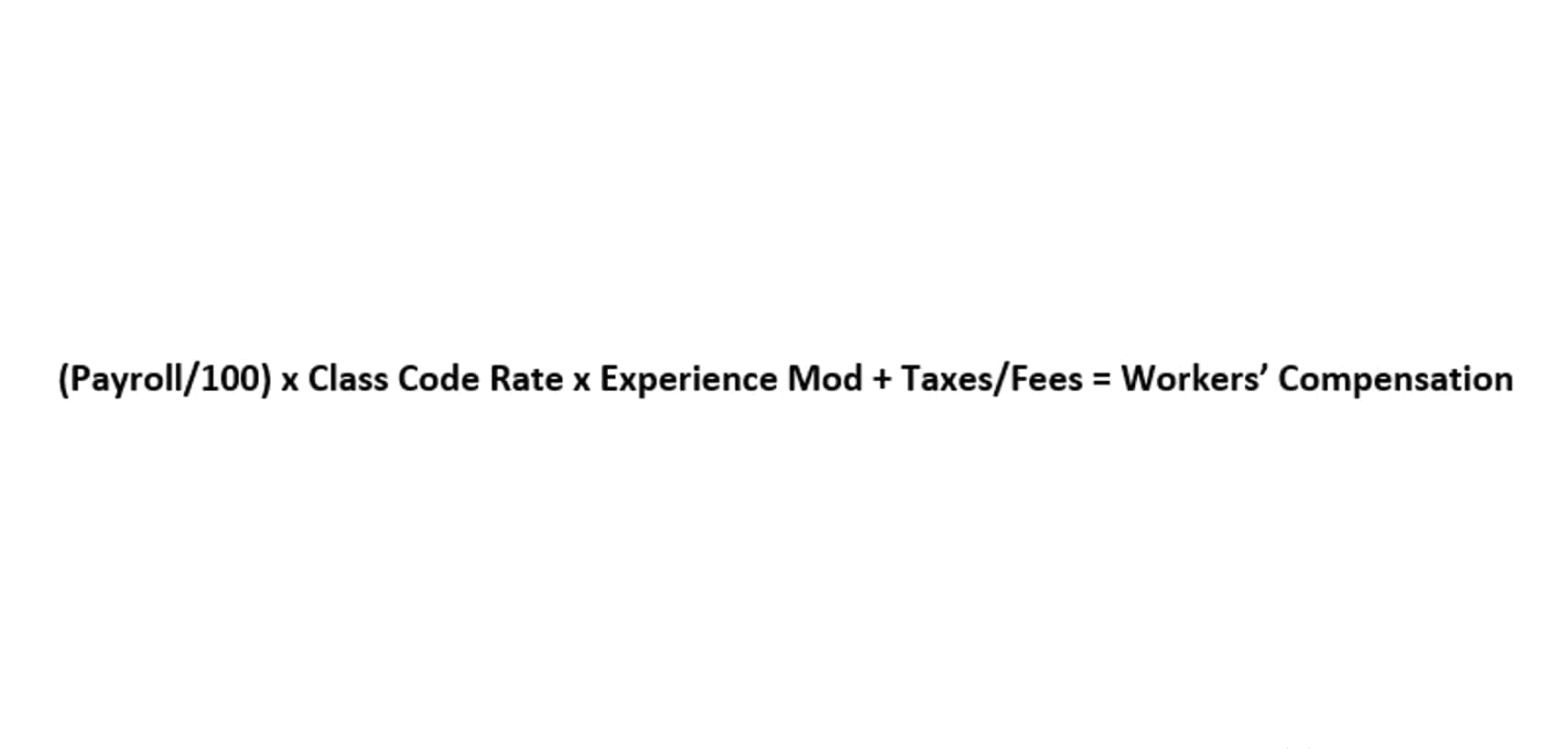Marginal Cost of Capital Break Point Example

Further, figuring your retained earnings helps your company work out cash projections and draw up a budget for the year ahead, which will also be necessary to shareholders. Below, we discuss what retained earnings are, share an example for how it’s used in context, and explain the formula to calculate your retained earnings. Companies may have different strategic plans regarding revenue and retained earnings. Even if there are constraints or limitations to the organization, most companies will attempt to sell as much product as it can to maximize revenue. Shareholder equity is the amount invested in a business by those who hold company shares—shareholders are a public company’s owners.
Everything You Need To Master Financial Modeling
Now, you must remember that stock dividends do not result in the outflow of cash. In fact, what the company gives to its shareholders is an increased number of shares. Accordingly, each shareholder has additional shares after the stock dividends are declared, but his stake remains the same. Since cash dividends result in an outflow of cash, the cash account on the asset side of the balance sheet gets reduced by $100,000. Also, this outflow of cash would lead to a reduction in the retained earnings of the company as dividends are paid out of retained earnings.
How do you calculate retained earnings?
In simple words, the retained earnings metric reflects the cumulative net income of the company post-adjustments for the distribution of any dividends to shareholders. Let’s say that in March, business continues roaring along, and you make another $10,000 in profit. Since you’re thinking of keeping that money for reinvestment in the business, you forego a cash dividend and decide to issue a 5% stock dividend instead. First, you have to figure out the fair market value (FMV) of the shares you’re distributing.

Different Level of Reporting (Top Level vs. Bottom Level)
retained earnings represents are calculated by subtracting dividends from the sum total of retained earnings balance at the beginning of an accounting period and the net profit or (-) net loss of the accounting period. Retained earnings offer valuable insights into a company’s financial health and future prospects. When a business earns a surplus income, it can either distribute the surplus as dividends to shareholders or reinvest the balance as retained earnings.

Shareholder Equity Impact
Upon combining the three line items, we arrive at the end-of-period balance – for instance, Year 0’s ending balance is $240m. Retained earnings and profits are related concepts, but they’re not exactly the same.
- Examples of these items include sales revenue, cost of goods sold, depreciation, and other operating expenses.
- Retained earnings differ from revenue because they are reported on different financial statements.
- If the result is positive, it means the company has added to its retained earnings balance, while a negative result indicates a reduction in retained earnings.
- However, companies that hoard too much profit might not be using their cash effectively and might be better off had the money been invested in new equipment, technology, or expanding product lines.
- A company should raise new capital as long as the marginal cost of capital is lower than or equal to the available return.
- It’s important to note that retained earnings are cumulative, meaning the ending retained earnings balance for one accounting period becomes the beginning retained earnings balance for the next period.
- Overall, Coca-Cola’s positive growth in retained earnings despite a sizeable distribution in dividends suggests that the company has a healthy income-generating business model.
Let MYOB improve your accounting operations, ensure compliance, and give you financial peace of mind while helping your business succeed. Retained earnings can do more than provide financial insight; they can help you grow your business and enjoy more success, as well. Revenue and retained earnings are correlated since a portion of revenue ultimately becomes net income and later retained earnings.
- Profits generally refer to the money a company earns after subtracting all costs and expenses from its total revenues.
- A company’s optimal capital budget is the point at which its marginal cost of capital equals the incremental expected return.
- When total assets are greater than total liabilities, stockholders have a positive equity (positive book value).
- Further, companies that can increase their profits often receive higher valuations, which can benefit owners who want to sell a company.
- Distribution of dividends to shareholders can be in the form of cash or stock.
- Sometimes when a company wants to reward its shareholders with a dividend without giving away any cash, it issues what’s called a stock dividend.
Retained earnings are affected by any increases or decreases in net income and dividends paid to shareholders. As a result, any items that drive net income higher or push it lower will ultimately affect retained earnings. Retained earnings are reported under the shareholder equity section of the balance sheet while the statement of retained earnings outlines the changes in RE during the period. The retained earnings are recorded under the shareholder’s equity section on the balance as on a specific date. Thus, retained earnings appearing on the balance sheet are the profits of the business that remain after distributing dividends since its inception. The beginning period retained earnings appear on the previous year’s balance sheet under the shareholder’s equity section.
Retained earnings vs. revenue
Applications in Financial Modeling

